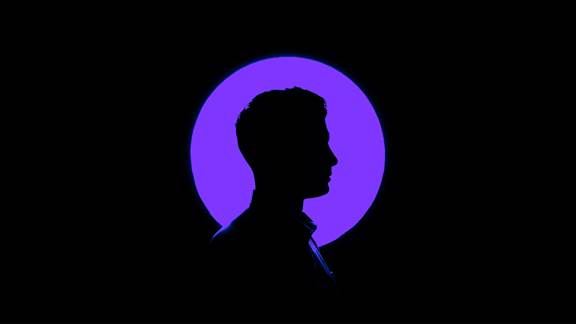An important part of the research and work we do at Kin + Carta is listening and understanding the lived experiences of the people we talk to. The addition of empathy to the design process is imperative to any inclusive project. Hearing other people’s stories and experiences has inspired me to remember and reflect on my own. I believe there is value in sharing the experiences that have and still do affect me today. And why I am passionate about the practice of inclusive design and the work the team at Kin + Carta have done to date.

Why I am passionate about inclusive design and inclusion
Through my eyes
When I was fourteen I was diagnosed with dyslexia and dyspraxia (it’s quite common that people with dyslexia will also have features of dyspraxia). I love my dyslexic brain. I believe it contributes to how I think about and experience creativity. It shapes the way I see the world, how I solve problems and who I am. But it has presented me with challenges, especially when the mechanisms or technologies I use in everyday life are removed.
An example that stands out is when I graduated in 2008 into a recession, and junior roles were hard to come by. I applied for a junior UX role in the public sector. As part of the application process I had to sit a test with two parts to it. The first was basic maths, I enjoy maths and I passed with no problems. The other was more difficult. I had to read through a letter and find all the spelling and grammar mistakes. I don’t enjoy spelling or grammar tests!
I should mention that my dyslexia affects my reading, but maybe not in the way you would think. My reading speed while a bit slower than average doesn’t really impact me. It’s my inability to see mistakes. I can sit and stare at a misspelt word, knowing it is incorrect, and not see it. My brain seems to refuse to see it. My eyes just read what it thinks I want them to see, rather than what is actually written.
Back to the test, and normally I would be working on a computer, especially for a role in UX. But I wasn’t allowed a computer for the test. I was given extra time (because that’s been the default my whole life in any test situation) but that doesn’t help me when I fundamentally can’t complete the task without basic everyday technology. The task was a generic one size fits all screener, judging if I had the skills for a job, but not the specific role I was applying for. It didn’t factor in my specific needs and what I needed to succeed. I didn’t pass this test and I didn’t get the job. But I got a different job, and many since, where being dyslexic wasn’t an issue and even seen as expected or a positive.
Through my child’s eyes
My family and I have been on a journey over the past year when we discovered our son was born with a low grade brain tumour. It first presented with epilepsy but there is also indications that he may have Aphasia. Aphasia is an impairment of language, affecting the production or comprehension of speech and the ability to read or write. My son’s frustration comes from the ability to produce words in a way that others can understand and at times the ability to find the words he is looking for.
Since becoming part of my life I think about future technology implementations and specifically around conversational digital experiences. They are already in our hands and homes. Our home speaker can’t understand our son, it regularly tells him it can’t. As he grows older is a very negative experience, frustrating and possibly quite damaging psychologically. What happens if technology moves towards services are purely accessed by spoken interactions. What's the work around for anyone with speech issues? Is someone who is frustrated at their ability to verbally communicate further irked by barriers to accessing services others can. It is my hope that in the future technology enhances any interaction my son has not compound any obstacles he faces.
Refocus to a human centred design process
As someone who has spent their whole career in UX our entire practice is about understanding and empathy. I don’t think either of the examples I’ve mentioned set out to actively exclude. Within a process to include is conscious decisions. We rarely design an inclusive experience or service by accident, we choose to follow a process and plan to ensure we make the right decisions. The opposite is also true. We don’t intentionally design products to exclude, but due to time, budgets, awareness we don’t design in a way that is inclusive.
So while empathy is key to inclusive design, apathy is the disconnect. A lack of interest or determination to ensure that all user needs are considered doesn’t follow a user centred design process. We need to focus on the fact we are all human and diverse, and where possible design solutions that understand and cater for these human differences.
From designers to developers our work is to find optimal solutions to meet the needs of the majority, but we need to expand this remit to also include the minority. We need to ensure we don’t just run, apathetically creating solutions that unintentionally exclude. We need to carefully build empathy into our design practices and ensure we create inclusive solutions that where possible remove barriers to participation and use. A product can easily receive huge praise for a ‘delightful’ user experience, while excluding many users.